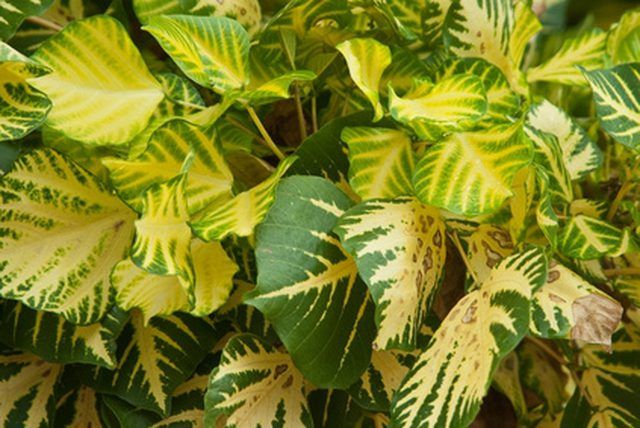Bulbs
Flower Basics
Flower Beds & Specialty Gardens
Flower Garden
Garden Furniture
Garden Gnomes
Garden Seeds
Garden Sheds
Garden Statues
Garden Tools & Supplies
Gardening Basics
Green & Organic
Groundcovers & Vines
Growing Annuals
Growing Basil
Growing Beans
Growing Berries
Growing Blueberries
Growing Cactus
Growing Corn
Growing Cotton
Growing Edibles
Growing Flowers
Growing Garlic
Growing Grapes
Growing Grass
Growing Herbs
Growing Jasmine
Growing Mint
Growing Mushrooms
Orchids
Growing Peanuts
Growing Perennials
Growing Plants
Growing Rosemary
Growing Roses
Growing Strawberries
Growing Sunflowers
Growing Thyme
Growing Tomatoes
Growing Tulips
Growing Vegetables
Herb Basics
Herb Garden
Indoor Growing
Landscaping Basics
Landscaping Patios
Landscaping Plants
Landscaping Shrubs
Landscaping Trees
Landscaping Walks & Pathways
Lawn Basics
Lawn Maintenance
Lawn Mowers
Lawn Ornaments
Lawn Planting
Lawn Tools
Outdoor Growing
Overall Landscape Planning
Pests, Weeds & Problems
Plant Basics
Rock Garden
Rose Garden
Shrubs
Soil
Specialty Gardens
Trees
Vegetable Garden
Yard Maintenance
Blue Vs. Red LED Grow Light
Blue Vs. Red LED Grow Light. Indoor plant gardens require adequate amounts of light to promote healthy growth processes within plant structures. And while sunlight may not be available in needed amounts, specially designed LED grow lights can simulate needed light energy for plant processes. When deciding between blue or red LEDs, the particular...

Indoor plant gardens require adequate amounts of light to promote healthy growth processes within plant structures. And while sunlight may not be available in needed amounts, specially designed LED grow lights can simulate needed light energy for plant processes. When deciding between blue or red LEDs, the particular needs of the plant can help in determining which will work best.
Light Energy
Light in its most natural form comes from the sun. Sunlight contains the full balanced spectrum of energy wavelengths so crucial for maintaining life on Earth. According to the Gardener's Supply Company, plant processes rely on the energy contained inside light to produce food and support the plant body. Different types of light produce various energy wavelengths that affect plant structures in different ways. LED lighting actually sits just below the visible light spectrum, so the energy contained inside LED wavelengths is thermal, or radiant energy.
LED Light
LED stands for low-emitting diode. This low-emitting feature refers to the degree of heat that radiates from an LED bulb, according to the Gardener's Supply Company. This form of energy is made up of longer and slower wavelengths than those that form visible light. As a result, living cells actually absorb LED wavelengths, which has direct effects on cell metabolism processes. The use of red and blue lighting for indoor planting purposes combines the thermal effects of LED wavelengths with blue and red energy wavelengths.
Function
Of all the colors contained inside the visible light spectrum, plants are most responsive to the energy contained inside red and blue wavelengths, according to the University of Missouri Extension. Both types of energy play vital roles within plant photosynthesis processes where light energy is absorbed and converted into carbohydrate materials. These carbohydrate materials are then converted into food for the plant. The metabolism processes involved in making plants strong and healthy rely on the energy contained inside blue and red light waves.
Blue Light
The wavelengths contained inside light are made up of photon energy particles. The energy contained inside blue LED light plays an essential role in stimulating and regulating seedling growth processes, according to the Plant Physiology Information website. Chlorophyll pigments contained on leaf surfaces are responsible for absorbing incoming light energy. These areas rely on the energy contained in blue light waves to create the chemical reactions that take place in photosynthesis. Blue light waves also promote the production of chlorophyll materials on leaf surfaces.
Red Light
According to the Gardener's Supply Company, red LED light waves help to stimulate overall growth throughout the structure of a plant. When growing vegetative or flowering plants, red wavelengths help to stimulate fruit and flower growth processes. This form of energy is also beneficial in stimulating seed and bulb growth, though a balance of blue light is needed to properly regulate early growth processes. In general, both red and blue light waves are needed for the health and growth of plants, so balanced amounts of both provide an ideal environment for new and established plants.